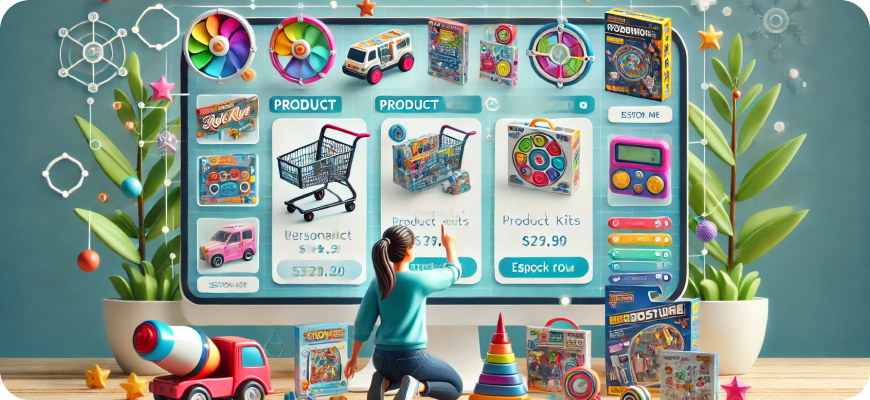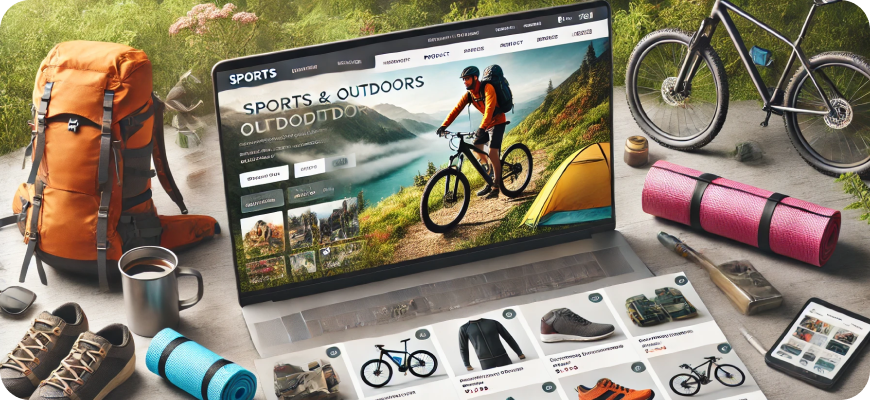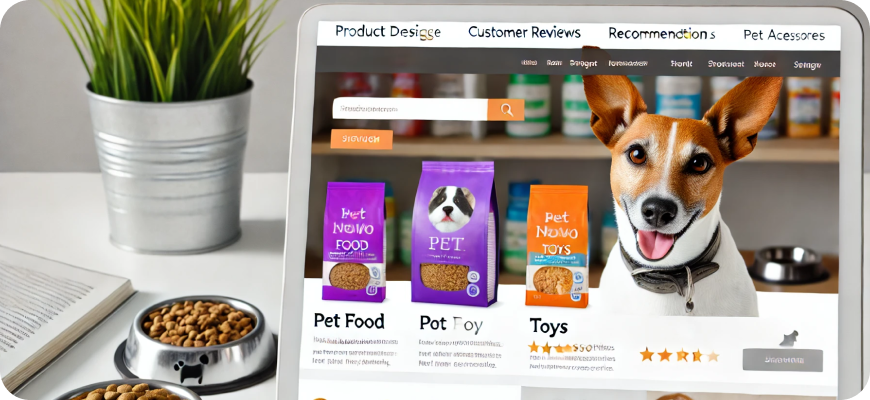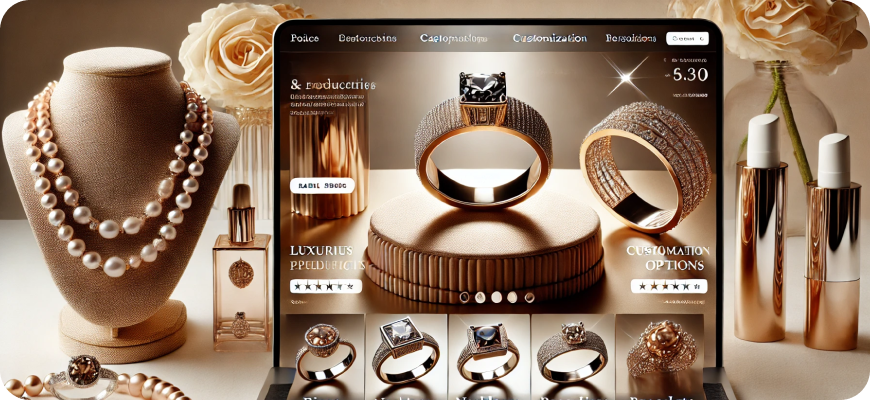The Power of Upselling and Cross-Selling: Boost Your eCommerce Sales
When done right, these strategies not only boost your sales but also enhance the customer experience by offering relevant products and solutions.
In today’s competitive eCommerce landscape, increasing sales isn’t just about attracting new customers—it’s also about maximizing the value of each transaction. Two powerful techniques that can help you achieve this are upselling and cross-selling. When done right, these strategies not only boost your sales but also enhance the customer experience by offering relevant products and solutions.
In this article, we will explore the power of upselling and cross-selling, explain the differences between them, and show you how to implement these strategies in your eCommerce store. Whether you’re using Shopify, WooCommerce, or another platform, upselling and cross-selling can become key tools in your business growth strategy.
What is Upselling?
Upselling is the practice of encouraging a customer to purchase a more expensive version of a product or an upgrade to the product they’re considering. The goal is to persuade the customer to spend more money on a higher-end product that offers additional value, features, or benefits.
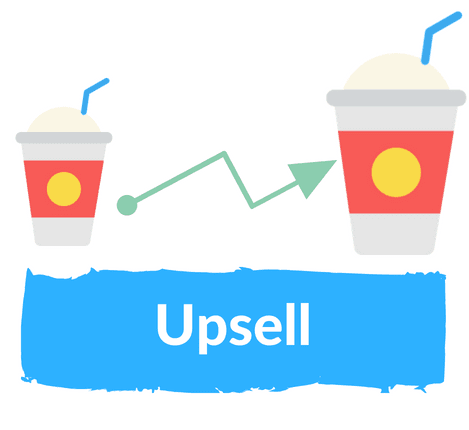
Example of Upselling:
A customer adds a basic smartphone to their cart, and the store suggests upgrading to a higher-end model with better camera quality, more storage, and longer battery life.
Benefits of Upselling:
– Increases Average Order Value (AOV):
Upselling encourages customers to spend more by choosing premium options.
– Enhances Customer Satisfaction:
By offering better products that suit the customer’s needs, you provide more value and can improve their experience.
– Builds Brand Trust:
When done right, upselling positions your brand as a source of helpful, relevant product recommendations.
What is Cross-Selling?
Cross-selling is the practice of recommending additional, complementary products that go well with the item a customer is purchasing. These related products enhance the customer’s overall experience and can add value to their purchase.
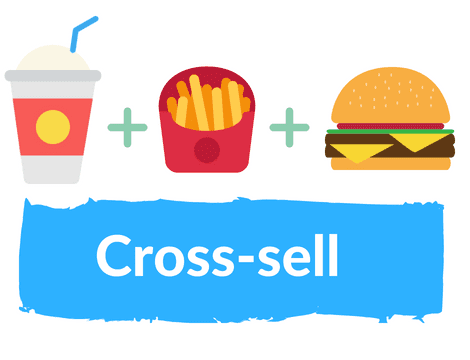
Example of Cross-Selling:
A customer purchases a laptop, and the store suggests related products like a laptop case, mouse, or external hard drive.
Benefits of Upselling:
– Boosts Revenue Per Customer:
By suggesting relevant add-ons, cross-selling increases the total purchase value.
– Increases Customer Retention:
When customers find value in your recommendations, they are more likely to return for future purchases.
– Improves Product Discoverability:
Cross-selling introduces customers to products they may not have considered, increasing the likelihood of additional sales.
Upselling vs. Cross-Selling: What’s the Difference?
While upselling and cross-selling are often used together, they are distinct techniques:
| Aspect | Upselling | Cross-Selling |
|---|---|---|
| Goal | Encourage customers to buy a higher-end product | Encourage customers to buy complementary products |
| Example | Suggesting an upgraded smartphone with better features | Suggesting a phone case and screen protector |
| Result | Higher value per product | Increased total order value through additional products |
| Focus | Improving the quality or features of the main product | Enhancing the overall experience with related products |
Both strategies work together to boost your eCommerce sales by maximizing the value of each transaction, and they can be implemented at various stages of the customer journey.
How to Implement Upselling and Cross-Selling in Your eCommerce Store
Now that you understand the difference between upselling and cross-selling, let’s explore how to implement these strategies effectively in your Shopify, WooCommerce, or other eCommerce platforms.
1. Use Personalized Product Recommendations
One of the most effective ways to upsell or cross-sell is by personalizing your product recommendations based on customer behavior, purchase history, or browsing patterns. Personalized suggestions make customers feel understood, increasing the likelihood of them acting on your upsell or cross-sell offers.
Actionable Tips:
– Implement AI-Powered Product Recommendations:
Tools like Nosto (Shopify) or WooCommerce Recommendation Engine use AI to analyze customer behavior and suggest relevant products for upselling and cross-selling.
– Use Data from Past Purchases:
Recommend upgrades or complementary items based on what a customer has previously bought.
– Leverage On-Site Behavior:
Use customer browsing habits to display dynamic upsell or cross-sell offers. For example, if a customer frequently views premium products, you can automatically suggest upgrades.
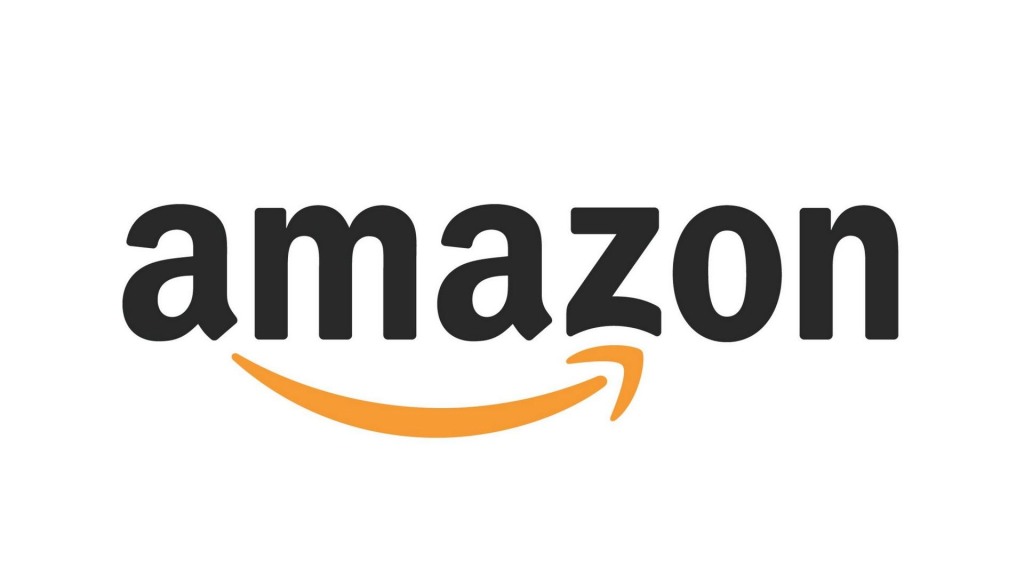
Example:
Amazon is a master of personalized product recommendations, displaying “Customers who bought this also bought” sections and upselling higher-tier versions of products.
2. Place Offers at Strategic Points in the Customer Journey
To maximize the effectiveness of upselling and cross-selling, you need to present offers at the right time. Timing is key because you want to make relevant suggestions when the customer is most likely to consider them.
Actionable Tips:
– On Product Pages:
Display upsell and cross-sell offers directly on the product page. For example, if a customer is viewing a pair of shoes, suggest a more premium model or matching socks and accessories.
– During Checkout:
Offer complementary items (cross-sells) during the checkout process. For example, display related products such as travel kits when a customer is buying skincare products.
– Post-Purchase Upsell:
Use email marketing to upsell or cross-sell after the purchase has been completed. Send personalized emails suggesting additional products that complement the customer’s recent purchase.

Example:
Apple uses upselling and cross-selling techniques on its product pages by offering upgrades (like additional storage or faster processors) and suggesting related accessories (like cases or headphones) during checkout.
3. Bundle Products for Greater Value
Product bundling is an excellent way to cross-sell complementary items while offering customers a perceived discount. Bundles provide customers with a sense of value while increasing the total order amount for your store.
Actionable Tips:
– Create Product Bundles:
Offer bundles that include the main product along with related items. For example, if you sell cameras, bundle them with lenses, tripods, and memory cards.
– Discounted Bundles:
Give customers a discount when they purchase multiple items together. Tools like FastBundle (Shopify) or WooCommerce Product Bundles allow you to create custom product bundles easily.
– Bundle by Category:
Group products by category to make it easier for customers to find complementary items. For example, offer a “Home Office Essentials” bundle with desks, chairs, and office supplies.

Example:
Microsoft offers discounted bundles that include laptops with complementary software like Microsoft Office, increasing the likelihood of higher-value purchases.
4. Provide Visual and Price Comparisons
One of the most effective upselling tactics is to show visual and price comparisons between different products. When customers can easily see the value difference between a basic product and a premium option, they’re more likely to upgrade.
Actionable Tips:
– Use Side-by-Side Comparisons:
Display a side-by-side comparison chart highlighting the features and benefits of different products. For example, show the differences between basic and premium versions of a software subscription or electronic device.
– Highlight the Value of Premium Products:
Use price comparison tools like Compare It! (Shopify) or WooCommerce Compare Products to emphasize the additional value of premium options.
– Display Customer Reviews:
Include customer reviews and ratings that emphasize the benefits of premium or complementary products, making the upgrade decision easier for shoppers.

Example:
Best Buy uses product comparison charts to showcase the differences between various models, allowing customers to easily decide whether to purchase a more expensive option with better features.
5. Leverage Discounts and Limited-Time Offers
Discounts and limited-time offers are powerful motivators for upselling and cross-selling. Offering a discount on a premium version of a product or promoting a “buy more, save more” deal encourages customers to spend more during their shopping experience.
Actionable Tips:
– Offer Discounts on Upsells:
Provide a small discount on premium products to encourage customers to upgrade. For example, offer 10% off a more expensive version of the product they’re viewing.
– Time-Limited Cross-Sell Offers:
Display limited-time offers for complementary products during checkout. For example, offer a 20% discount on accessories if the customer purchases them within a certain time frame.
– Use “Buy More, Save More” Deals:
Encourage customers to purchase additional items by offering volume-based discounts. For example, “Buy 2, get 1 free” offers incentivize customers to buy more items, increasing the overall order value.

Example:
Under Armour often runs “buy more, save more” promotions where customers get a discount on accessories or other apparel items when they add more to their cart, increasing cross-sell opportunities.
6. Use Post-Purchase Upselling and Cross-Selling
The sales process doesn’t have to end at checkout. Post-purchase upselling and cross-selling are great ways to continue engaging customers and encouraging repeat purchases. You can use follow-up emails or thank-you pages to suggest additional products or upgrades.
Actionable Tips:
– Post-Purchase Email Upsell:
After a customer completes their purchase, send an email thanking them for their order and recommending a premium version of the product or related items.
– Cross-Sell on Thank-You Pages:
Display cross-sell offers on the thank-you page immediately after checkout. For example, offer accessories or add-ons that can complement their recent purchase.
– Subscription Upsell:
For consumable products, offer customers the opportunity to subscribe for automatic refills or future deliveries at a discounted rate.
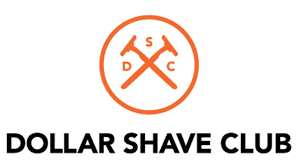
Example:
Dollar Shave Club uses post-purchase emails to offer additional grooming products and accessories to customers, turning a single purchase into multiple sales opportunities.
Conclusion
Upselling and cross-selling are powerful strategies that can significantly increase your eCommerce store’s revenue and improve customer satisfaction when executed effectively. By offering customers relevant and valuable recommendations, you can maximize the potential of each transaction and build stronger relationships with your audience.
Whether you’re using personalized product recommendations, bundling, offering time-limited discounts, or sending post-purchase upsell emails, there are numerous ways to implement these techniques in your Shopify or WooCommerce store. Done right, upselling and cross-selling can enhance the shopping experience, increase average order value, and turn one-time shoppers into loyal customers.



